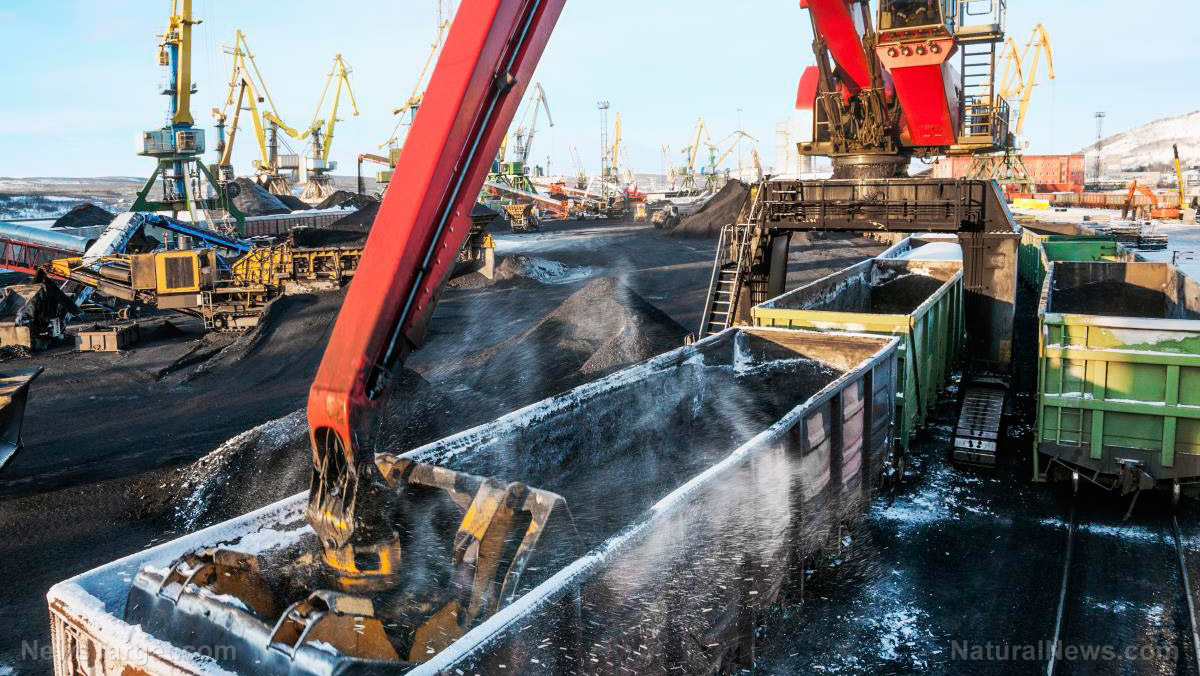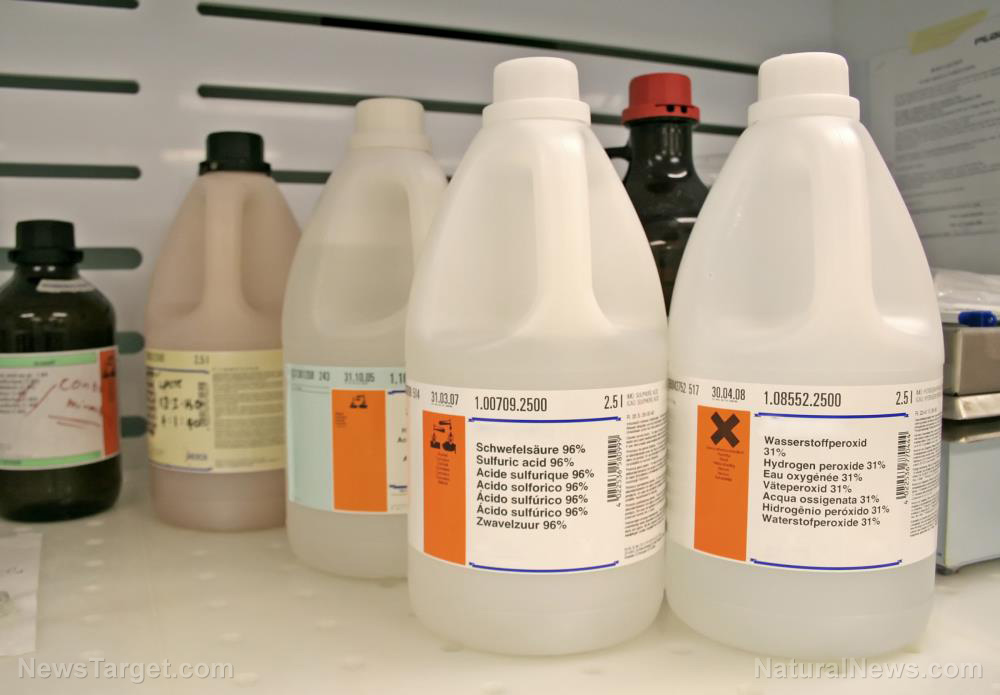
Hydrogen-fuel-cell technology is expected to play an important role in reducing global carbon emissions. This technology relies on platinum, which can withstand higher temperatures than other metals. Fuel cells need platinum for the catalyst that separates hydrogen into protons and electrons, which then generate the electrical current.
Manufacturers are still exploring alternatives because hydrogen fuel cells are expensive, largely due to the high price of platinum. The increased interest in the technology has pushed platinum's price to its highest in six years.
Platinum traded as high as $1,281.40 an ounce last month, the highest since Jan. 2015. It's trading at $ 1,167.17 an ounce as of March 30.
"We feel quite excited about the potential of the hydrogen economy," said Natascha Viljoen, chief executive of Anglo American Platinum Ltd. (Amplats), the world's No. 1 platinum refiner by volume. "We do see quite significant support from government and private sector."
In February, Japan's Toyota Motor Corp. announced that it had developed a fuel-cell system in a compact module that could be adapted easily for use in trucks, buses, trains, ships and generators. (Related: Toyota to sell hydrogen fuel cell module to companies.)
It followed a November announcement by Korean car giant Hyundai Motor Group that it would combine with European chemical giant Ineos to explore opportunities in new hydrogen technologies. Other carmakers are also working on incorporating fuel cells in large vehicles.
China has also announced plans to spend $2.5 billion in 10 cities over the next four years to improve hydrogen-fuel-cell technology and develop policies for refueling stations. The country is home to almost all of the world's fuel-cell buses and trucks.
Platinum's value had declined due to shift to electric vehicles
Platinum is also used in catalytic converters that scrub out pollutants from internal combustion engines' exhaust. The demand for it had declined as car makers began to transition to electric vehicles in recent years. Battery-powered cars don't use platinum group metals, which include palladium and rhodium among others.
But the enthusiasm around hydrogen fuel cells resuscitated platinum mining companies that were cutting jobs and selling assets a few years ago.
"Hydrogen is gaining a lot of momentum around the globe as the potential clean energy alternative, assisting in further de-carbonization of the environment," said John Caruso, senior asset manager at RJO Futures.
During the summer of 2015, the market saw a "crossover" in the platinum to gold ratio. Platinum futures fell by more than 26 percent that year.
Platinum has historically traded at a premium to gold. It is considered to be 30 times rarer than gold and more expensive to mine. But platinum futures were cheaper at $893.20 an ounce compared to $1,060.20 an ounce for gold by the end of 2015, according to FactSet data.
The platinum price was dragged down that year by the Volkswagen AG emissions test scandal. The carmaker admitted to using software to cheat on pollution standards, which helped accelerate the shift to electric vehicles.
But now, efforts by carmakers to develop hydrogen fuel cell electric vehicles are raising the metal's price back up.
In February, Japan's Toyota Motor Corp. announced that it had developed a fuel-cell system in a compact module that could be adapted easily for use in trucks, buses, trains, ships and generators. (Related: Toyota to sell hydrogen fuel cell module to companies.)
It followed a November announcement by Korean car giant Hyundai Motor Group that it would combine with European chemical giant Ineos to explore opportunities in new hydrogen technologies. Other car makers are also working on incorporating fuel cells in large vehicles.
China has also announced plans to spend $2.5 billion in 10 cities over the next four years to improve hydrogen-fuel-cell technology and develop policies for refueling stations. The country is home to almost all of the world's fuel-cell buses and trucks.
Platinum mining thrives in South Africa during pandemic despite initial setback
Selling platinum group metals abroad in U.S. dollars has helped South African producers weather their country's economic woes during the coronavirus (COVID-19) pandemic.
Amplats, which is based in Johannesburg, reported record earnings before interest, taxes, depreciation and amortization of around $2.8 billion in 2020 – up 39 percent from the previous year despite disruptions at its processing plants due to repairs.
Sibanye-Stillwater Ltd., the world's No. 1 platinum producer by volume, said net profit for 2020 skyrocketed to $1.78 billion from $4.5 million a year earlier. Impala Platinum Holdings Ltd., the world's third-largest producer of platinum group metals, recorded free cash flow of $1.35 billion for six months ending Dec. 31 last year.
Miners are also spending large amounts of money to boost production. Sibanye-Stillwater said in February that it was planning to invest around 6.3 billion rand ($421.4 million) to develop two platinum group metals projects and one gold project in South Africa. Impala Platinum announced plans to expand production at two of its mines – one in South Africa and one in Zimbabwe. Amplats said in February that it planned to increase output by 20 percent by 2030.
But platinum miners didn't completely dodge the pandemic's wrath. Mining had been shut down for five weeks from late March to May last year in South Africa.
According to Sibanye-Stillwater, the pandemic led to an approximate 14 percent decline in global demand for platinum, palladium and rhodium.
Fortunately for the producers, supplies of recycled platinum group metals also fell as COVID-19 restrictions led to fewer vehicles being scrapped, leaving the markets for platinum, palladium and rhodium all in a deficit at the end of 2020.
The deficit in recycled supplies worked out well for rhodium as its price tripled to $17,000 per troy ounce last year. Rhodium is a byproduct of platinum mining and also used in catalytic converters.
Follow CarbonDioxide.news for more news and information about the global efforts to curb carbon emission.
Sources include:
Please contact us for more information.























